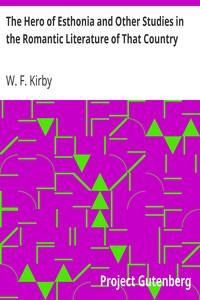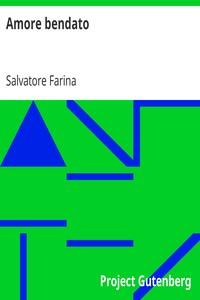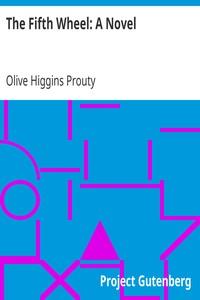|
|
Read this ebook for free! No credit card needed, absolutely nothing to pay.Words: 197046 in 57 pages
This is an ebook sharing website. You can read the uploaded ebooks for free here. No credit cards needed, nothing to pay. If you want to own a digital copy of the ebook, or want to read offline with your favorite ebook-reader, then you can choose to buy and download the ebook.

: The Hero of Esthonia and Other Studies in the Romantic Literature of That Country by Kirby W F William Forsell - Estonian literature; Estonian literature History and criticism@FreeBooksTue 06 Jun, 2023 racter and discredit his worship. However, there is a class of magicians who are called Wind-sorcerers, and witches often invoke the aid of the Mother of the Wind. An old man, with one eye and a long grey beard, often appears to travellers in the forests. He is probably the Finnish Tapio, but is not named. The sun, moon, and stars are represented as male deities. Goddesses preside over the woods, fields, waters, &c. Thus we have the Meadow-Queen , who presides over the home-field, and is therefore one of the protecting deities of the household. She is also the queen of the woods and fields. The Wind-mother and Water-mother are similar deities, and the wood-nymphs and water-nymphs are their daughters. Ilmarine is a great smith, whose workshop is under a mountain at the centre of the earth. The Devil has many names, being called Kurat, the Evil One; T?hi or T?hja, the Empty One, or rather, perhaps, the Contemptible One; but most often Vana Pois, the Old Boy; God being frequently called Vana Isa, the Old Father. He dwells in the underground kingdom, and has three daughters, or foster-daughters; a hat of invisibility, composed of nail-parings; a bridge-building wand, and a sword. He has also much gold and silver plate, and ducks and geese with gold and silver plumage. These treasures are often carried off by enterprising heroes. The maidens whom the Kalevipoeg found in the palace of Sarvik do not appear to have been at all unkindly treated, though they had to work hard, and much regretted that they had no human company. The Devil's underground kingdom is called P?rgu, or Hell. His mother usually appears in the form of a bitch, and his grandmother under that of a white mare. The minor Esthonian devils are usually stupid rather than malevolent. They are sometimes ogres or soul-merchants, but are at times quite ready to do a kindness, or to return one to those who aid them. Their great enemies are the Thunder-God and the wolf. The principal outwitter of the devil is generally called Crafty Hans; and several volumes of their adventures have been published in Esthonian. The Devil is often represented as fond of beer. Besides the above-named gods and demons, we have spirits of the whirlwind and the Northern Lights; gnomes; and a host of inferior demons, as well as various grades of sorcerers, especially Wind-sorcerers, Word-sorcerers, or soothsayers, and Death-sorcerers, or necromancers. The Tont, or House-Spirit, goes by various names; among others Kratt or Puuk. Kratt is perhaps a word of Scandinavian or German origin; Puuk must be the same as our Puck, or the Irish Pouka. He was probably originally a beneficent house-spirit, and in later times assumed the demoniacal character in which he appears in the story of the Treasure-Bringer. In the story of "Martin and his Dead Master," we have a spectre much resembling a vampyre in character. The gigantic race of the heroes is represented as descended from Taara. As in the case of so many other hero-races--as, for example, the knights of Arthur, Finn, Charlemagne, Vladimir, Palmerin, &c.--they are at length practically destroyed in a series of terrible battles, while the Kalevipoeg, like Arthur, Olger, Barbarossa, and Tell, remains in enchanted bondage till the day shall come for him to restore the ancient glories of his country.
PART I THE HERO OF ESTHONIA Free books android app tbrJar TBR JAR Read Free books online gutenberg More posts by @FreeBooks

: The Fifth Wheel: A Novel by Prouty Olive Higgins Flagg James Montgomery Illustrator - New York (N.Y.) Fiction; Young women Fiction; Women Suffrage United States Fiction@FreeBooksTue 06 Jun, 2023
|
Terms of Use Stock Market News! © gutenberg.org.in2025 All Rights reserved.






